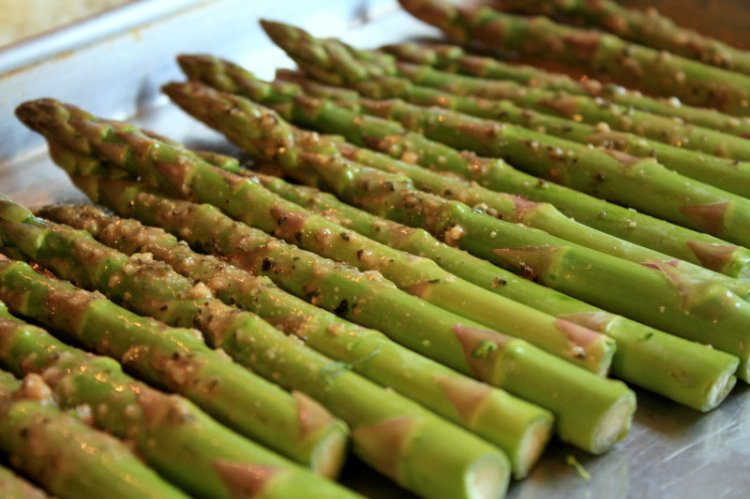If you want a challenge for winter, try growing asparagus from seed. It takes a year longer than growing asparagus from purchased roots, which is what I have done in the past, but it will save money and could be an interesting garden project.
I know in theory that asparagus can be grown from seed. While most asparagus grown now is seedless, I originally planted a variety called Mary Washington, which does have seeds. Since then three asparagus plants in my yard have seeded on their own – one in a lilac hedge, one by a compost bin and one 20 feet from any other asparagus plant in our vegetable garden.
Sometime in March, soak the seed for 24 hours; plant the seeds 1 to 2 inches deep in seed-starting mix; find a spot that is at least 60 degrees and set up artificial lights, leaving them on 15 hours a day. A windowsill won’t work.
Beginning in May, take your asparagus seedlings outside for a few hours each day to harden them off. Prepare a weed-free nursery bed with loose soil, and in early June plant the seedlings 3 to 5 inches apart in this seedling bed.
You can transplant the seedlings in the garden either in the fall or in the spring, leaving the seedlings in the nursery bed over the winter. Either way, use composted manure – what I was told when we planted our first bed – or other fertilizer with high organic matter and high phosphorous.
Dig a trench 6 inches deep, cover the roots with about an inch of soil, filling the trench as the asparagus grows until it is level with garden surface.
You then have your asparagus bed – although I hope you are patient, as you won’t be able to cut any asparagus for eating until three years after you put it outside – four years after planting the seed.
Send questions/comments to the editors.



Comments are no longer available on this story